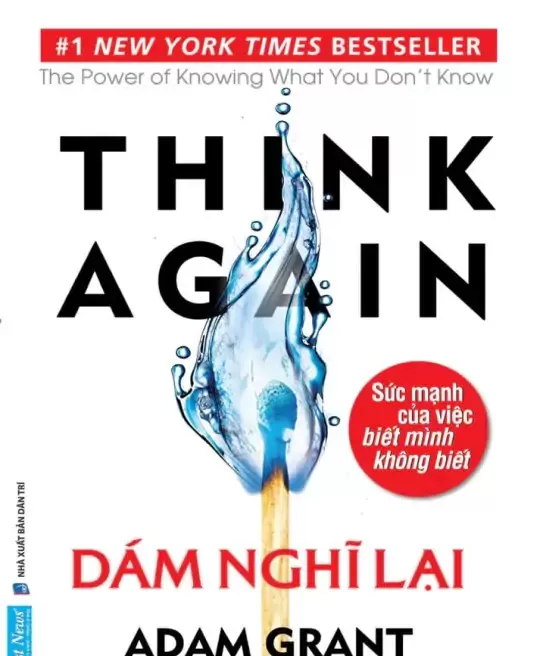$ npm install --save underscore
npm WARN package.json [email protected] No description
npm WARN package.json [email protected] No repository field.
[email protected] node_modules\underscore
You might be wondering what all of these warnings are. npm is telling you that there
are some components missing from your package. For the purposes of this book, you
can ignore these warnings: you only need to worry about them if you’re using npm to
publish your own packages, which is beyond the scope of this book.
Now if you look at your package.json file, you’ll see that Underscore is listed as a
dependency. The idea of dependency management is that the dependency versions
referenced in package.json are all that’s necessary to re-create (download and install)
the dependencies themselves. Let’s try this out. Delete the node_modules directory
again, and then run
npm install
(note we don’t specify any particular package
name). npm will install any packages listed in the package.json file. You can look at
the newly created node_modules directory to verify this.
Build Tools: Gulp and Grunt
For most development, you’ll probably want a build tool, which automates the repeti‐
tive tasks you perform as part of the development process. Currently, the two most
popular build tools for JavaScript are
and
. These are both capable build
systems. Grunt has been around a couple of years longer than Gulp, so the commu‐
nity is larger, but Gulp is catching up fast. Because Gulp seems to be the increasingly
popular choice for new JavaScript programmers, we’ll use it in this book, though I am
not prepared to say Gulp is superior to Grunt (or vice versa).
First, you’ll install Gulp globally with:
$ npm install -g gulp
If you’re on Linux or OS X, you’ll need elevated privileges to use
the -g (global) switch when running npm: sudo install -g gulp.
You’ll be prompted for your password and given superuser privi‐
leges (for that command only). If you are on a system that someone
else manages, you might have to ask them to put you in the sudoers
file.
You’ll only need to install Gulp globally once for each system you develop on. Then,
for each project, you’ll need a local Gulp, so from your project root, run
npm install
--save-dev gulp
(Gulp is an example of a dev dependency: your app won’t need it to
run, but you’ll use it to help with your development process). Now that Gulp has been
installed, we create a
Gulpfile (gulpfile.js):
const
gulp
=
require
(
'gulp'
);
// Gulp dependencies go here
ES6 Features | 23


